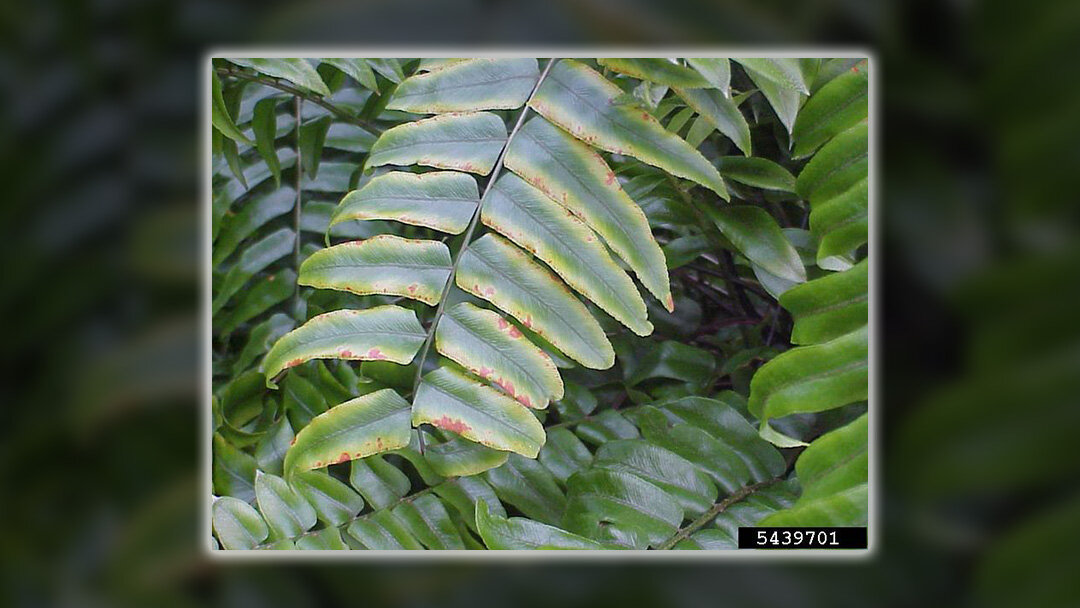Many causes of houseplant leaf yellowing
/Submitted photo
Article by, Nicole Sanchez,
Horticulture, OSU Extension Service, Klamath County
Houseplants, like outdoor garden plants, respond to the rapidly shortening days of fall. Begonias and Christmas cactus are houseplants that respond to shortening days by blooming: other houseplants, like some orchids, go into a fall dormant period, needing less water and fertilizer than when days are longer.
Ideal temperature range is the one element that most houseplants have in common: they perform best in temperatures in the 60-80F range, like most people. Beyond this, houseplants vary widely in light, fertlilizer, soil, and moisture needs. As days shorten and needs of both indoor and outdoor plants change, it can be difficult to determine whether some changes are part of a natural seasonal progression, or indicate a problem.
Yellowing leaves are a sign of a plant problem with many possible causes. While the following examples highlight houseplants, the concepts also apply to plants in the outdoor garden landscape. One primary difference is that with houseplants, the more controlled environment makes tracking causes of leaf yellowing easier. In the outdoor garden, causes can be more varied and difficult to pinpoint.
Water- too much or too little. By far, the most common cause of houseplant death is too much water, especially with succulent plants- with thick, fleshy designed to conserve water. In many houseplants, signs of too little water show up on the edges of the plant and its leaves: yellow margins around the newest ones. More commonly, yellow leaves show up at the center or base of the plant, indicating poor oxygen exchange from clogged roots- a result of too much water.
Plant type, day length, amount of light, soil composition and ratio of soil to root ball all combine to make sure no two potted plants go through water at the same rate. Watering “once a week” will work well for some plants- and not at all for others. Pay close attention to soil dryness, drooping or brittle plants, and other indicators to determine the best watering schedule for a particular plant. Watering from the bottom is a good practice, but most plants don’t benefit from sitting in water for extended periods. Make sure the potting soil retains moisture or drains well, according to the particular plant’s needs.
Light- too much or too little. Like yellowing from water issues, location and nature of the yellowing can help indicate the cause when light levels are off. Too much light can cause houseplants that yellow, bronze or crisp up. They often look scorched- most so on leaves getting the most light. This is common on jade plants or ferns, with too much direct sunlight. Plants with too little light may often turn a brighter yellow, appear sickly overall, with the yellow most prominent on the parts of the plant getting the least light.
Lack of nutrients. Yellowing leaves can be associated with lack of several nutrients. In houseplants, low nitrogen can easily become a problem because it flushes quickly through the soil. Nitrogen and some other nutrients are considered mobile, and move through the plant easily. A lack of these is more commonly indicated by yellowing in lower or older leaves of the plant. Other nutrients, such as iron and calcium, are far less mobile. A lack of these nutrients is more commonly expressed in the upper or newer growth of the plant. Paying attention to the location of yellowing leaves can be informative. Another consideration is soil pH- usually not a problem when using prepared, packaged potting soils. As plants age and grow, nutrient and pH levels in soil change over time- so more commonly a problem in older houseplants. For most houseplants, adding fertilizer in fall is not suggested. Generally houseplants grow much more slowly in fall and winter even at typical room temperature.
Low temperature injury. Often delayed hours or days after the cold exposure, cold damage shows up in very sensitive plants as black, collapsed leaves- but thicker leaves and hardier plants often start with slowly yellowing leaves that eventually die. Most houseplants will stop actively growing at temperatures in the mid 50’s F. Depending on the individual plant, damage often begins at temperatures in the low 50’s and below.
Natural aging. Not all yellow leaves are indicators of a problem. Vining houseplants often shed older leaves as new ones develop. Some houseplants drop a few leaves in the shortening days of fall, like outdoor trees to a lesser degree. One or two yellow leaves on most plants is not cause for concern.
Fall is a good time to reconfigure indoor plants to take advantage of changing light situations. Move plants away from heat vents and frequently opened doors to the outside. Plants should not touch windows to avoid leaf damamge on cold nights.



